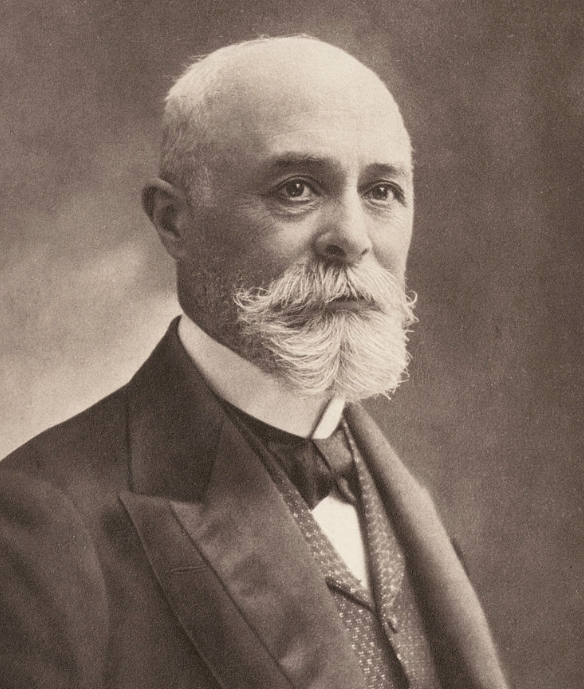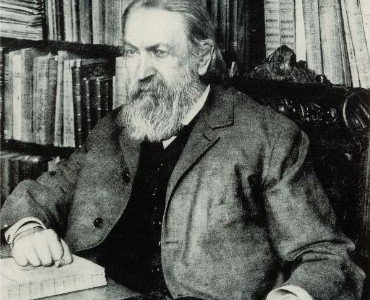Henri Becquerel

August December 15, 1852 – August 25, 1908) was a French physicist, one of the Explorers of radioactivity. He is a 1903 Nobel Prize laureate in Physics. In the SI measurement system, the betivorlyy unit Bekerel (Becquerel, Bq) is dedicated to his name.
His father, Alexander Edmond Becquerel, was a professor of Applied Physics at the Natural History Museum in Paris. Continuing his family’s tradition of science, he started the École Polytechnique in 1872 and awarded his doctorate in Physics in 1888. From 1878 to 1892, he was an assistant at the Natural History Museum in Paris, and then a professor. In 1895 he took up a position as Professor of physics at the École Polytechnique.
Becquerel was unable to expose uranium salts to sunlight for several days due to the rainy weather. A film wrapped in black paper and a uranium compound placed on it showed the sun rising in its drawer for a few days, and on March 1, for no apparent reason, it bathed the film in the drawer and saw that the Uranium Crystal had left a mark on the film, even though it was not exposed to sunlight. Becquerel described it as an invisible Ray similar to x-rays.
Film layer where Becquerel observed radioactivity emerging from uranium salts
Becquerel read this conclusion to the French Academy of Science as a short article on 2 March 1896. This event was called the Becquerel rays from that date until 1898. In 1898, Marie Curie changed its name to a more generic name, radioactivity.
After Becquerel found radioactivity, he made three more separate discoveries. Between 1899 and 1900, he observed that beta particles deviated in the electric field and magnetic field, and that beta particles were deviated by the British physicist J. J. He showed that it was the same particle as the electrons that Thomson had just discovered. In addition, he pointed out that newly prepared uranium partially disappeared after a certain period of time and gained radioactivity. This observation would be called radioactive decay by Ernest Rutherford and Frederick Soddy in 1890. Finally, in 1901, he reported that the radium he carried in his pocket caused burning in his body, contributing to health physics and radium cancer treatment.

